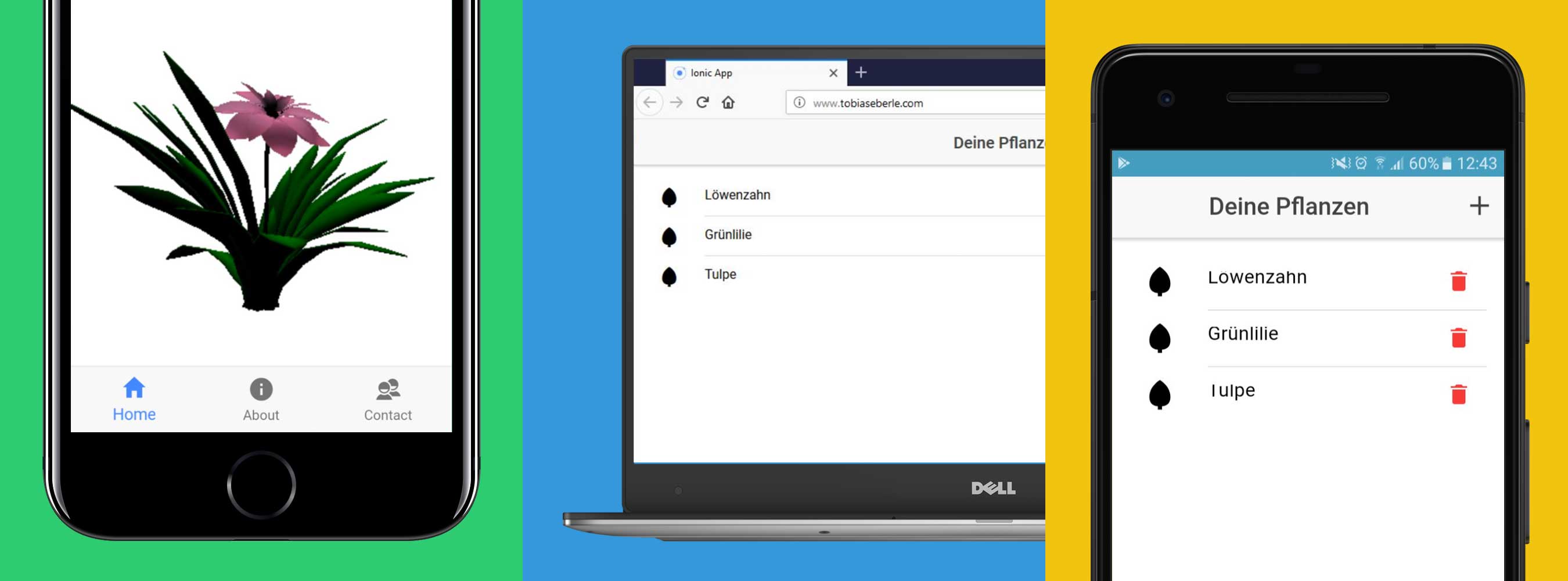Category: DevOps
Using Gitlab to set up a CI/CD workflow for an Android App from scratch
Tim Landenberger (tl061) Johannes Mauthe (jm130) Maximilian Narr (mn066) This blog post aims to provide an overview about how to setup a decent CI/CD workflow for an android app with the capabilities of Gitlab. The blog post has been written for Gitlab Ultimate. Nevertheless, most features are also available in the free edition. The goal…
Setting up a CI/CD pipeline in Gitlab
Introduction For all my university software projects, I use the HdM Gitlab instance for version control. But Gitlab offers much more such as easy and good ways to operate a pipeline. In this article, I will show how we can use the CI/CD functionality in a university project to perform automated testing and an automated…
Kubernetes (K8S) everywhere, but how?
In the last months, nearly everybody has been talking about Kubernetes. It’s incredible! This semester the Stuttgart Media University even held a training course on this topic. For DevOps or “cloud-computing specialist” mastering Kubernetes and the concepts around it is becoming more and more important.
Radcup Part 3 – Automation with Gitlab CI/CD
Written by: Immanuel Haag, Christian Müller, Marc Rüttler The goal of this blog entry is to automate the previously performed steps. At the end all manual steps should be automated when new code changes are added to the repository. The new version of the backend will be made available in the cloud at the end.
Cloud security tools and recommendations for DevOps in 2018
Introduction Over the last five years, the use of cloud computing services has increased rapidly, in German companies. According to a statistic from Bitkom Research in 2018, the acceptance of cloud-computing services is growing. Cloud-computing brings many advantages for a business. For example, expenses for the internal infrastructure and its administration can be saved. Resource…
The new CI world, Wrapping it up with Git
Welcome to part 6 – Man we are on a writing flow! – of our blog posts series. After all the coding done in the last parts, let’s take a more laid back look at CI and Git. Nowadays many agile teams work with Git and Feature Branches. A developer works with on a feature…

Continuous Integration & Deployment for a Cross-Platform Application – Part 2
In the first part we pointed out how we set up the infrastructure for our CI system. Now we would like to explain how we build a pipeline for our cross-platform application and what features of GitLab CI we made use of.
CI/CD with GitLab CI for a web application – Part 3
Hosting your own GitLab server Some users might have concerns regarding security using GitLab for a variety of purposes, including commercial and business applications. That is, because GitLab is commonly used as a cloud-based service – on someone else’s computer, so to speak. So setting it up for running it on your own server is…
CI/CD with GitLab CI for a web application – Part 2
GitLab Our first approach was to use the existing GitLab instance of HdM for our project. For them, a shared runner was already defined on which we could run our jobs, so we were able to focus on the CI process itself. This plan worked out at first. We simply defined build and test jobs,…
CI/CD with GitLab CI for a web application – Part 1
Introduction When it comes to software development, chances are high that you’re not doing this on your own. The main reason for this is often that implementing components like UI, frontend, backend, servers and more is just too much to handle for a single person leading to a slow development process. So, you have to…
